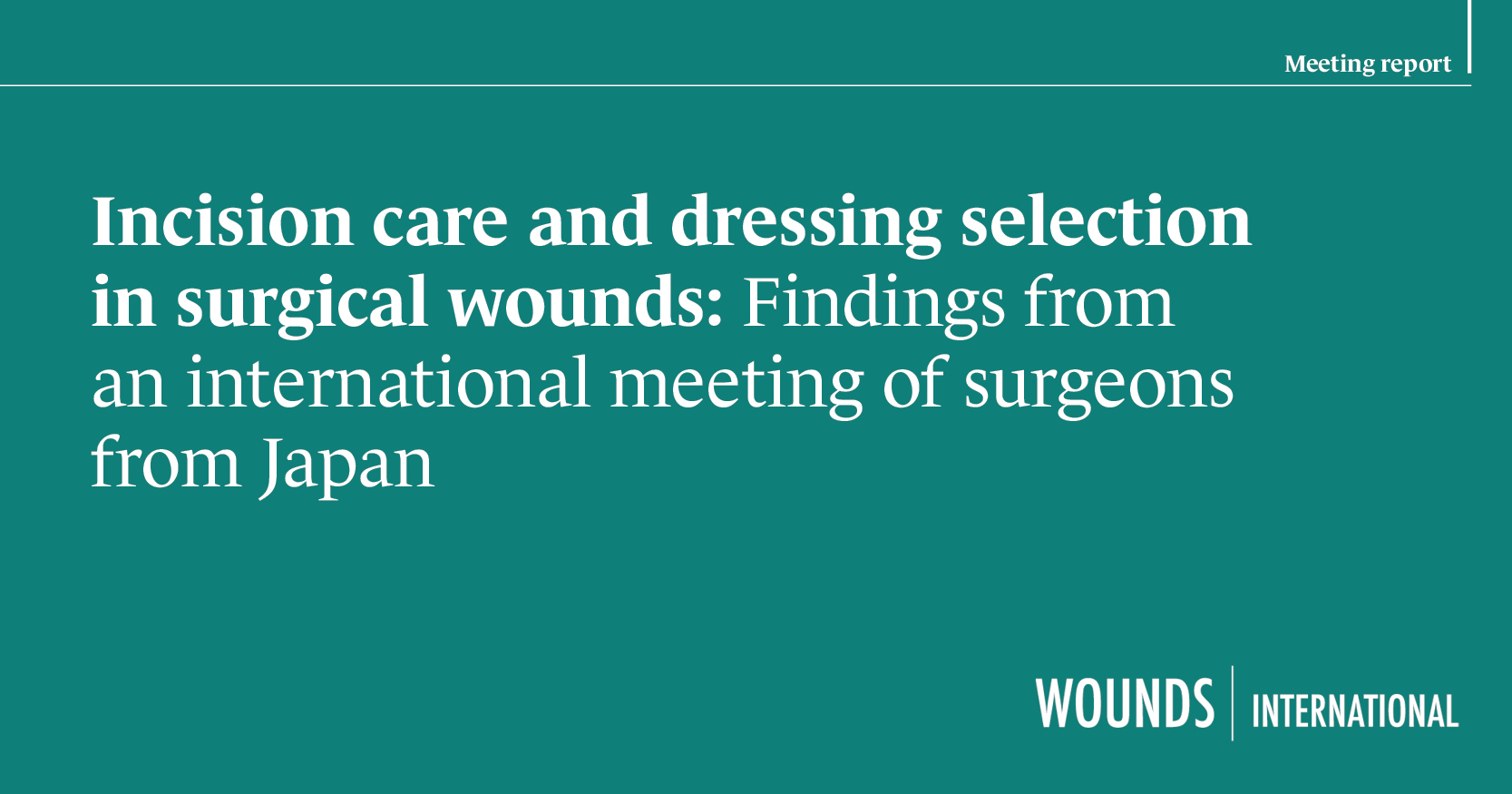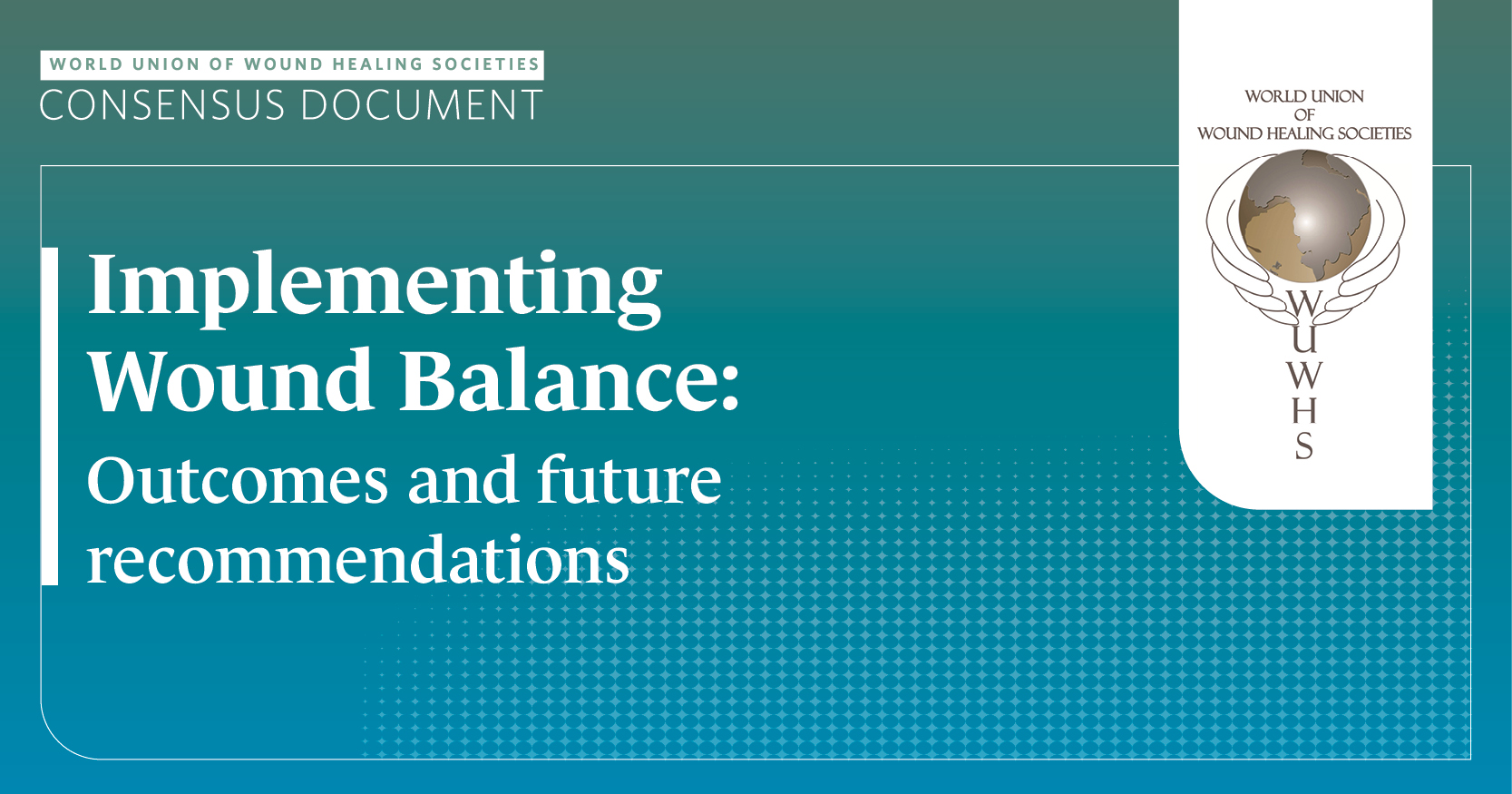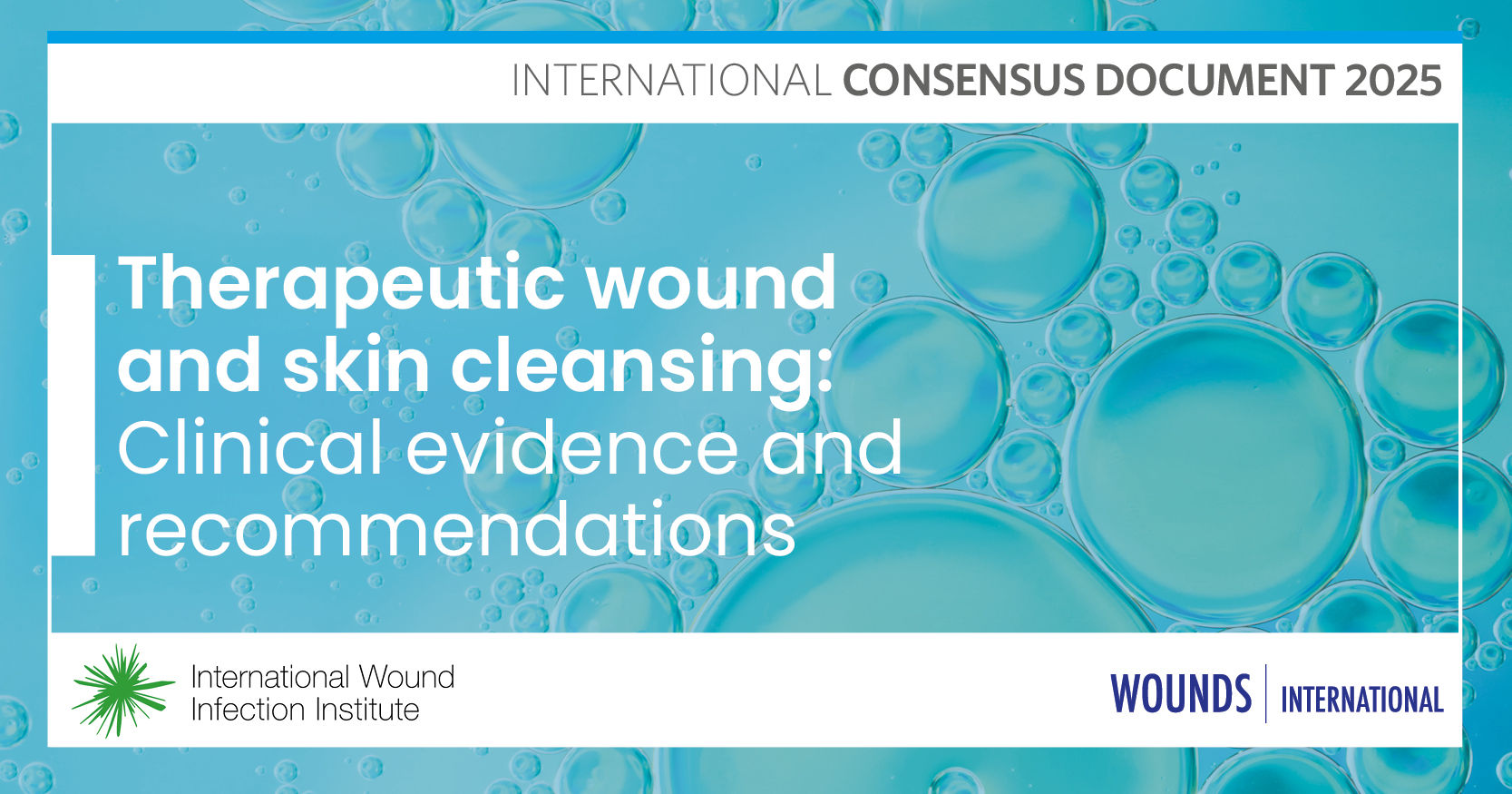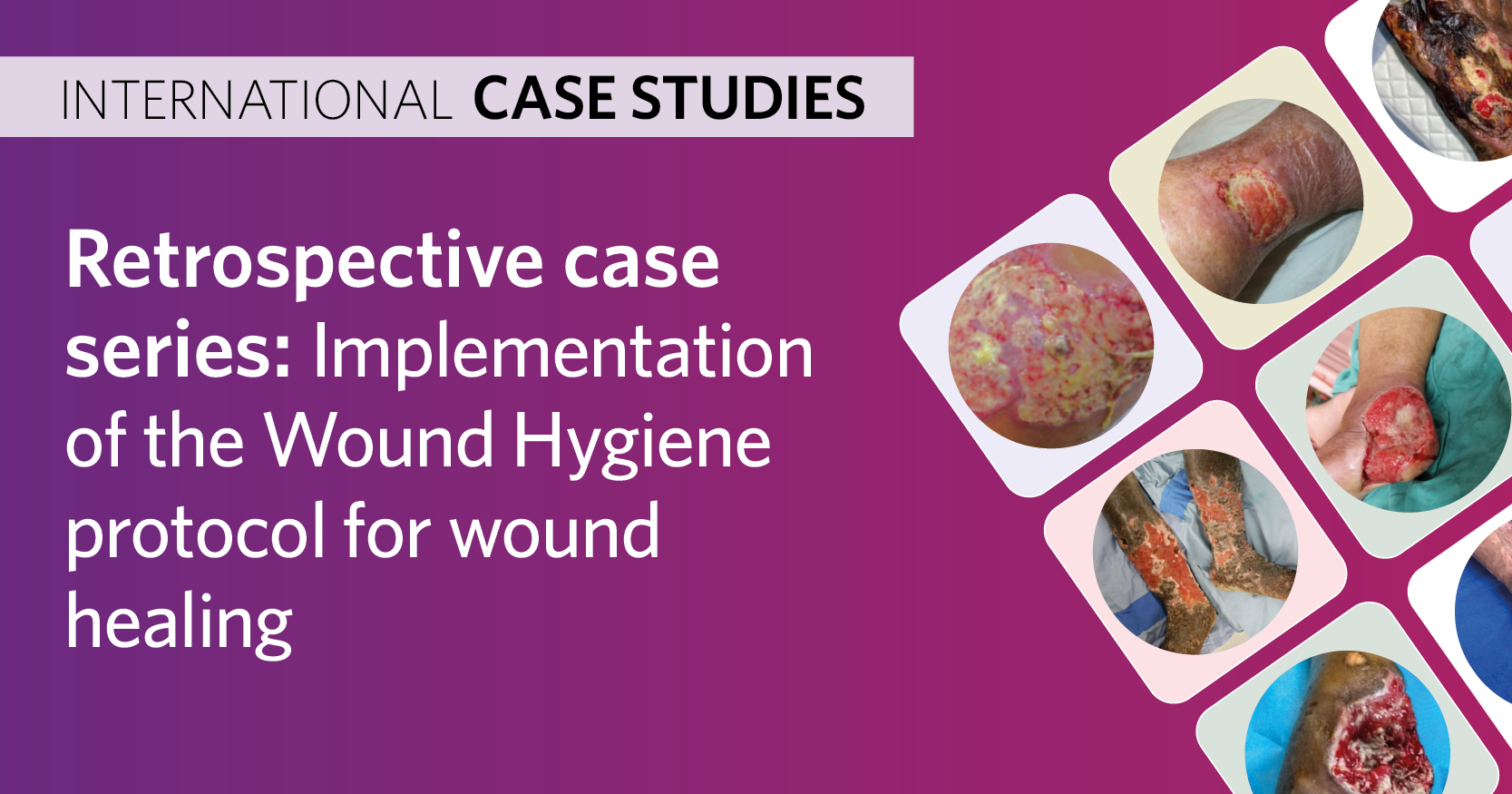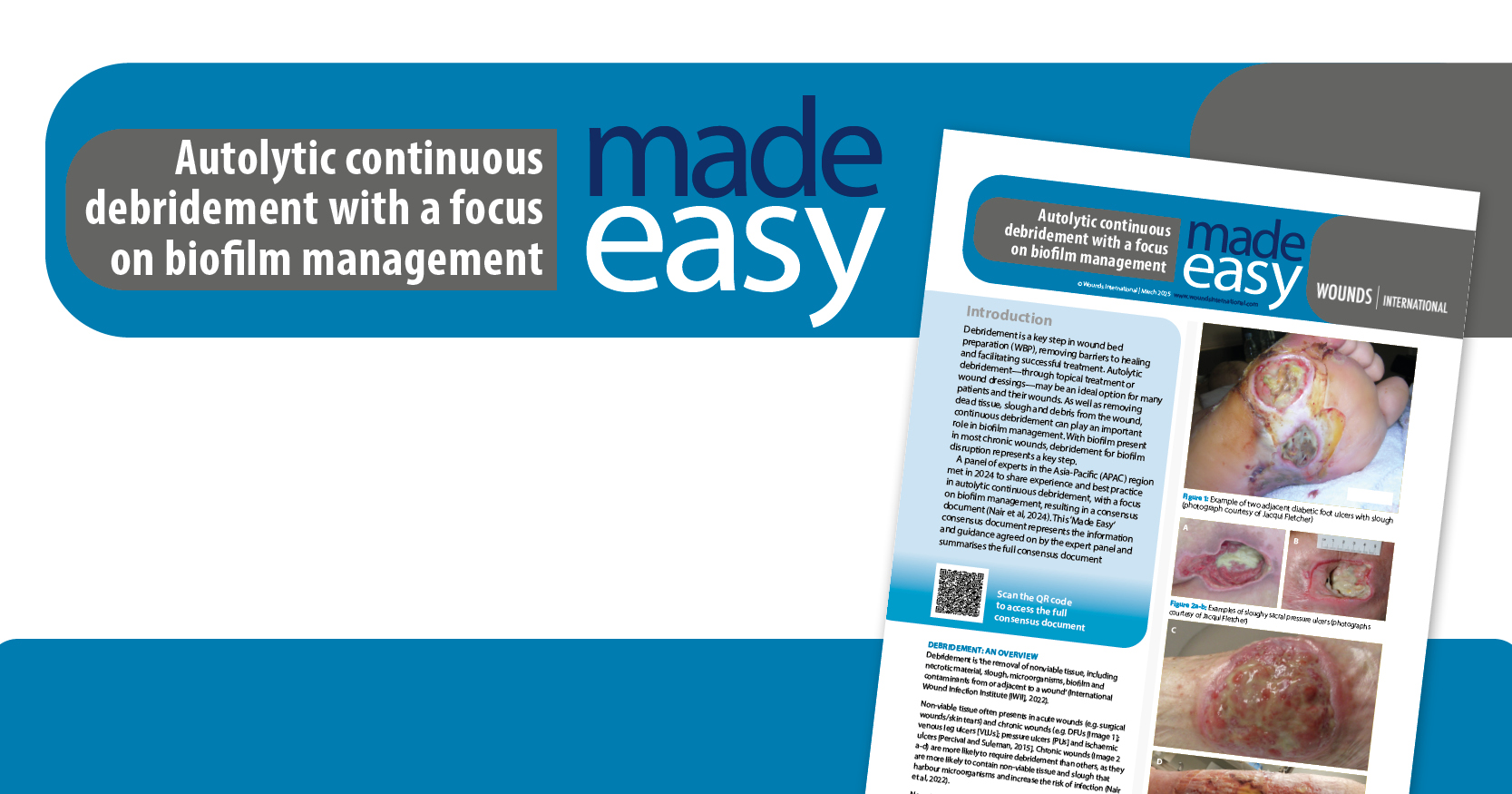Postoperative wound management is fundamental to minimising the risk of perioperative surgical site infections (SSIs). To reduce the risk of infection and surgery-related complications, it is important to select and manage dressings suited to the specific needs of the Japanese healthcare system (Sandy-Hodgetts et al, 2017; 2018; Morgan-Jones et al, 2020).
In July 2024, a panel of surgeons from across Japan convened in Tokyo to discuss post-surgical care and dressing selection for incisions closed by primary intention. The attending surgeons represented a variety of surgical specialities, united by a shared passion for wound care and improving patient outcomes.
The surgical panel builds on the work of other international surgical panels [Box 1] and aimed to
- Discuss the characteristics of Japan’s healthcare system and its universal health insurance
- Explore wound management concepts and the selection of appropriate dressing materials following orthopaedic surgery
- Review current wound management practices in Japan
- Identify challenges and issues specific to Japan’s healthcare context
- Discuss and agree on the properties of an ‘ideal’ dressing for managing post-surgical incisions.
Healthcare context in Japan
Japan has one of the highest life expectancies in the world, with an average of 84.5 years (87.2 years for women and 81.7 years for men), a trend that has steadily increased since 2000 (World Health Organization, 2021). A notable feature of Japan’s healthcare system is its universal health insurance, which ensures patients can easily access specialist care when needed. The average length of hospital stay for general acute care in Japan is approximately two weeks, one of the longest among the Organisation for Economic Co-operation and Development (OECD) countries (OECD, 2019a). This extended hospitalisation period also applies to postoperative care following orthopaedic surgery. While such durations may be associated with disadvantages such as healthcare-related economic challenges, they allow physicians to closely manage postoperative wounds and allow for early detection and treatment of SSIs.
In postoperative wound management, it is essential to consider lifestyle differences among patients in different regions. Japan, for example, has distinct dietary practices and one of the lowest obesity rates among OECD countries (OECD, 2019b). In contrast, the higher obesity rates in Europe and the United States can complicate perioperative management and increase the risk of complications.
Another distinction according to the authors, lies in bathing and hygiene practices. They note that Japanese homes often feature spacious bathrooms with dedicated washing areas and handheld, high-pressure shower heads. The authors propose that bathing and showering habits in Japan, which differ from those in many Western countries, might enhance preoperative hygiene and potentially contribute to improved postoperative quality of life.
According to a nationwide survey conducted by Japan Nosocomial Infections Surveillance Clinical Laboratory division (2023), the incidence of SSIs following orthopaedic surgery in Japan is highest after spinal fusion procedures, at approximately 2.1%, and remains under 1% for primary joint replacement surgeries – both lower than rates reported in other countries.
However, managing of SSIs caused by methicillin-resistant Staphylococcus aureus (MRSA) can be particularly challenging, with the additional treatment costs per patient estimated at approximately $11,630 for spinal decompression, $28,858 for spinal fusion, $24,667 for knee replacement, $24,252 for hip replacement and $35,693 for fractures.
These infections also contribute to prolonged hospital stays, ranging from approximately 40 to 90 additional days depending on the procedure, further increasing the economic burden on the healthcare system (Fukuda et al, 2020). Effective postoperative wound management is therefore essential to preventing SSIs and remains a cornerstone of perioperative care.
Current wound management practices in Japan and dressing wear time
The following topics related to postoperative wound management after orthopaedic surgery were discussed:
Length of hospital stay
- Many healthcare facilities in Japan operate under the Diagnosis Procedure Combination (DPC) system, which standardises hospitalisation and treatment processes (Hayashida et al, 2021)
- For major orthopaedic surgeries, hospital stays typically fall under DPC Hospitalisation II guidelines and range from 10 days to 3 weeks, depending on the procedure
- While the DPC system is associated with increased healthcare costs, it allows the close monitoring of patients and enables the early detection and treatment of postoperative infections, including SSIs.
Surgical wound incision and closure techniques
To reduce the risk of postoperative wound complications, the following surgical practices are recommended:
- Ensuring precise incision placement with attention to skin alignment during suturing
- Using meticulous, layer-by-layer suturing to prevent subcutaneous fluid retention
- Maintaining haemostasis to reduce the formation of subcutaneous hematomas
- Managing postoperative wound exudate.
- Using dermal sutures where appropriate, except in cases involving open fractures
- Employing antimicrobial barbed sutures to reduce surgical time and the risk of suture-related abscesses.
Dressing wear time
The 11 authors expressed differing opinions on the optimal duration for dressing wear:
- Until suture removal (typically 7–14 days): 1 participant
- -14 days: 5 participants
- 7 days: 5 participants.
Frequency of dressing changes
The authors agreed that frequent changes should generally be avoided until wound healing is complete. However, prolonged dressing application may be required in cases where delayed healing at the wound edges is observed. Wound closure should be performed carefully and precisely, as the cosmetic appearance is often visible and can significantly impact patients’ satisfaction with their surgical outcomes.
Conversely, early dressing removal was considered beneficial when signs of a potential SSI are evident. Close postoperative monitoring is particularly important for older patients with compromised nutritional status, as they may be at increased risk of complications.
Undisturbed wound healing
The authors unanimously agreed on the importance of the concept of “undisturbed wound healing” (UWH) in advancing postoperative wound care. Key points of consensus included the following:
- UWH is essential for improving our understanding of postoperative wound management
- Preventing bacterial contamination is crucial in postoperative wound management
- Prolonged application of dressings can be beneficial to postoperative patients by:
– Improving the wound environment and promoting UWH
– Reducing the risk of bacterial contamination and infection associated with frequent dressing changes
– Saving time for healthcare professionals
– Potentially lowering healthcare costs.
Conversely, the authors identified several situations where UWH may not be achievable:
– Excessive wound exudate, bleeding, or leakage from the dressing
– Poor wound suturing, leading to misalignment of wound edges
– Poor adherence to dressing material (e.g. peeling or detachment)
– Local or systemic signs of infection (e.g. pain, redness, swelling, or other indicators at the wound site)
– Development of contact dermatitis or an allergic reaction around the wound
– Increased risk of faecal contamination at the wound side.
During the meeting, it was highlighted that factors such as surgical technique, patient activity levels, serum albumin levels and cognitive function should be considered when assessing wound healing progress. It was also recommended that common bathing practices in Japan, such as bathing at home or in hot springs, should be avoided while dressings are in place. Providing patients with clear guidance on when it is safe to resume bathing is essential to support optimal wound healing.
In Japan, the responsibility for wound management during hospitalisation lies with physicians. Therefore, the standard duration of postoperative dressing application may vary depending on the type of surgical procedure, regional or hospital-specific policies, and the preferences of both physicians and nursing staff.
Properties of an “ideal” wound dressing
The primary purpose of a wound dressing for post-surgical incisions is to protect the wound from external contaminants while creating an environment conducive to optimal healing. Surgical panels at previous consensus meetings around the world have agreed on a comprehensive list of properties for the ideal wound dressing (Morgan-Jones et al, 2021,
Adi et al, 2022, Morgan-Jones et al, 2022a, 2022b, Sandy-Hodgetts et al, 2022, 2024a, 2024b). Building on these findings, this report identifies additional considerations based on Japan’s specific postoperative management practices, challenges unique to orthopaedic surgery and lifestyle considerations.
The ideal wound dressing should:
- Minimise bacterial contamination at the wound site, ideally through antimicrobial properties
- Be flexible, elastic and conformable to prevent tension-related skin injuries and skin blistering, particularly in high-mobility areas such as the knees and elbows
- Effectively absorb exudate to minimise the frequency of dressing changes
- Protect the skin to reduce blistering and allergy reactions, as well as the likelihood of pruritus by avoiding excessive adherence
- Be waterproof, to allow patients to shower or bathe without compromising wound protection, ideally featuring a fully sealed design
- Eliminates dead space to minimise the pooling of blood or exudate, thereby reducing the risk of maceration and infection
- Be easy to apply and remove
- Allow for wound visibility to facilitate effective assessment
- Be available in a range of sizes to avoid interference with postoperative drains
- Feature designs specifically adapted to orthopaedic incision sites, such as those on the nuchal area, buttocks, shoulder to axilla, dorsal hand to palm, and toes
- Be difficult for patients with dementia to remove independently, addressing challenges related to Japan’s ageing population
- Demonstrates excellent cost-effectiveness
- Not interfere with post-operative rehabilitation.
Conclusion
To date, global consensus meetings on wound management have highlighted variations in post-incision wound care practices. This particular meeting brought together 11 orthopaedic surgeons practising in Japan, with specialities spanning spine surgery (3), joint surgery (4) and trauma surgery (4). Despite their varied expertise, the panellists unanimously agreed that postoperative care for incisional wounds should prioritise UWH while maintaining a strong focus on infection prevention.
In the selection of dressing materials, several factors, including the anatomical location and size of the wound, type of surgery performed, individual patient characteristics and lifestyle factors specific to Japan, should be considered. Among the available options, the most cost-effective dressing material should be chosen.
Several panellists observed that using antimicrobial barbed sutures for subcutaneous closure appeared to reduce postoperative wound bleeding and that dressings with soft silicone adhesives were associated with fewer postoperative skin complications. Further research into these products is anticipated to enhance understanding and improve postoperative outcomes.
The field of wound care has evolved substantially in recent decades. Postoperative wound management in orthopaedics must shift from “ritualistic” practices to an evidence-based approach. Further studies are warranted for development and advancements in this field.

